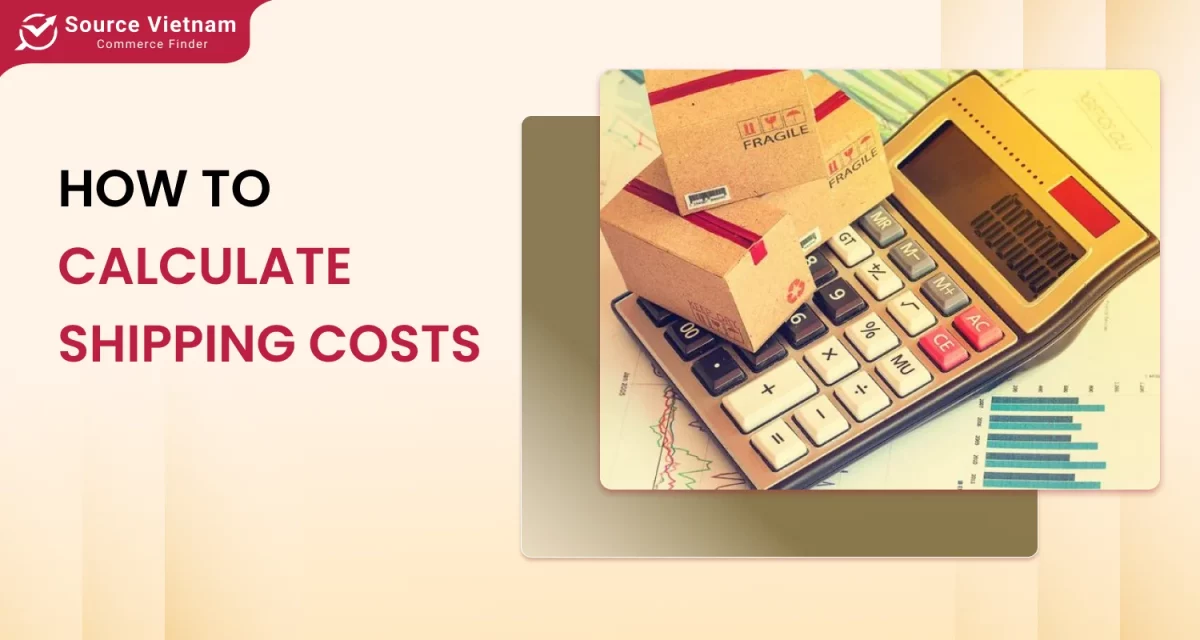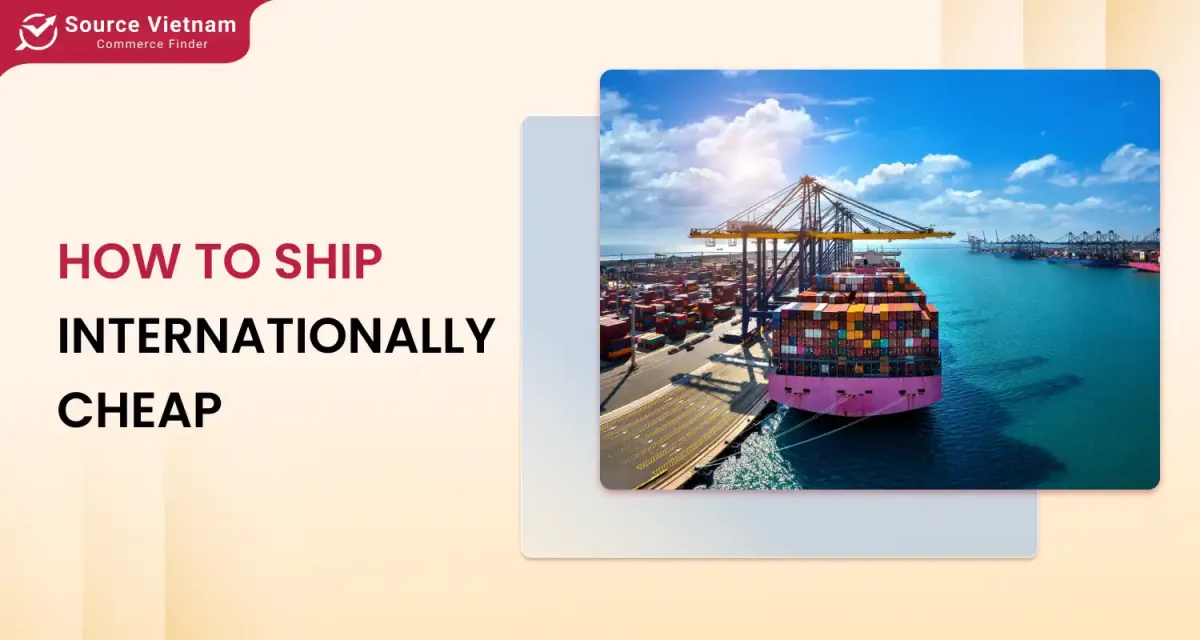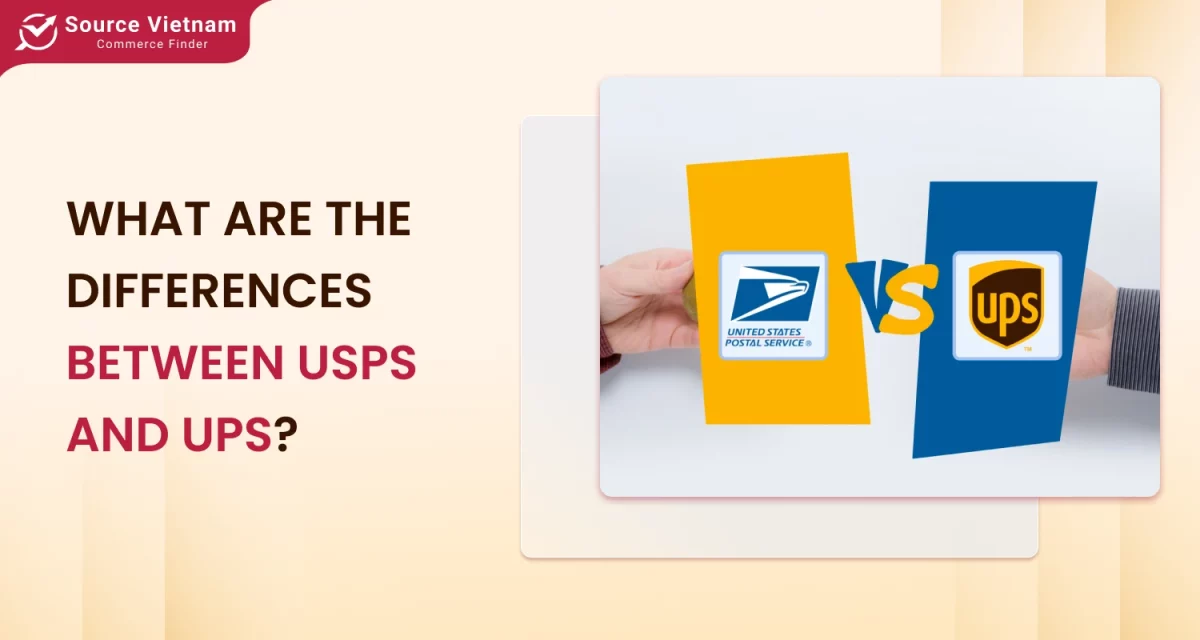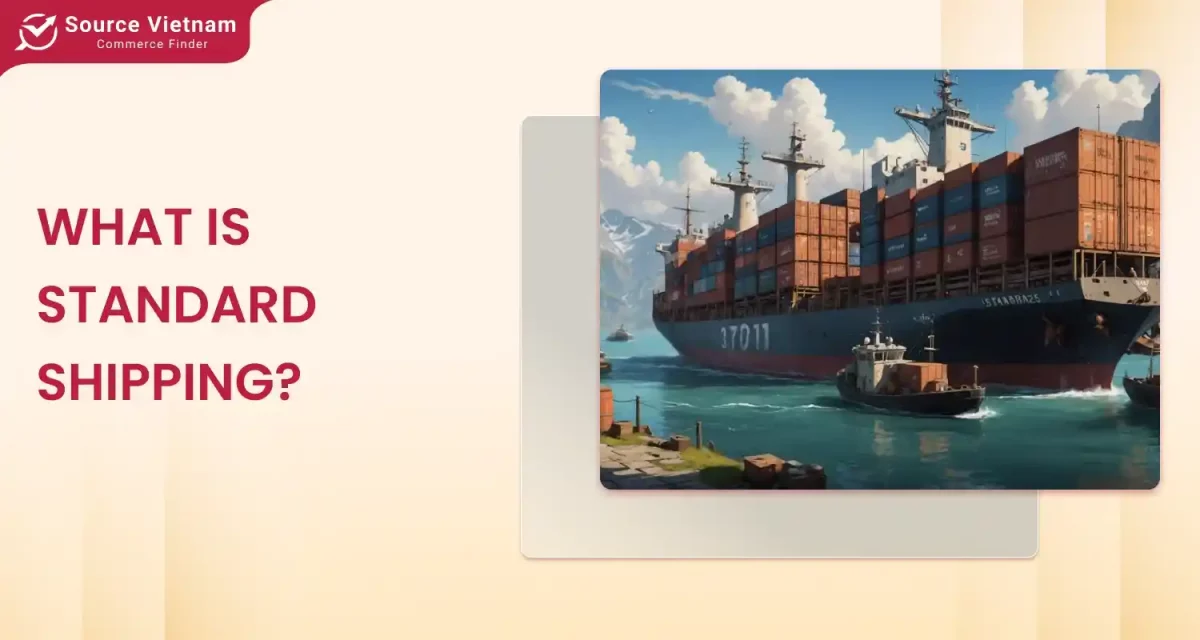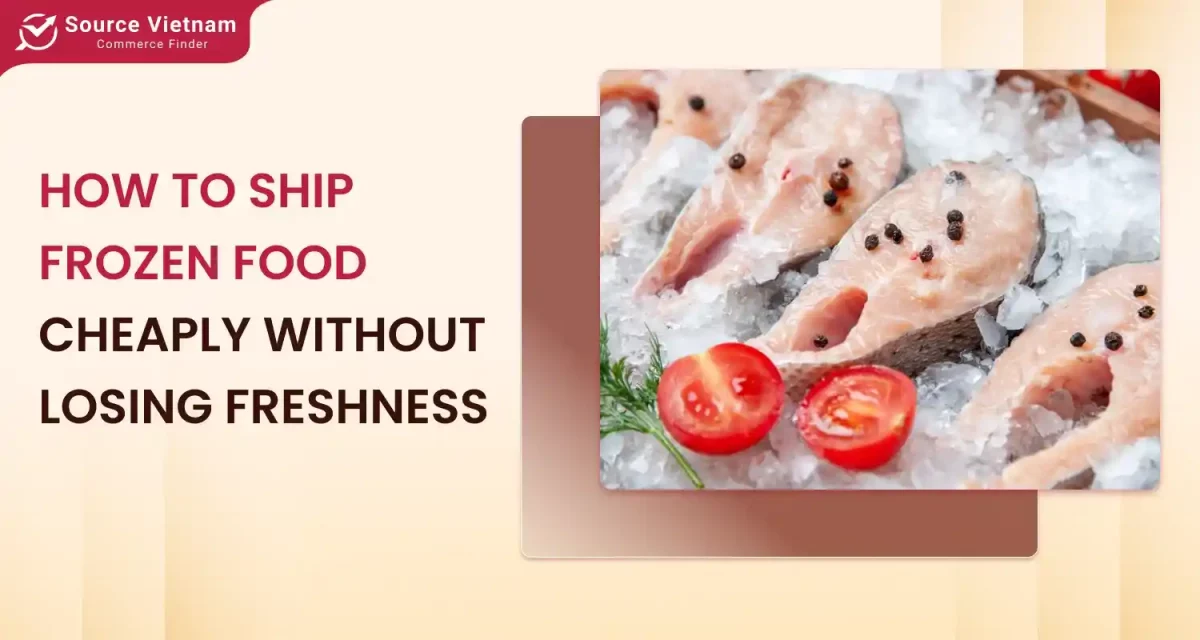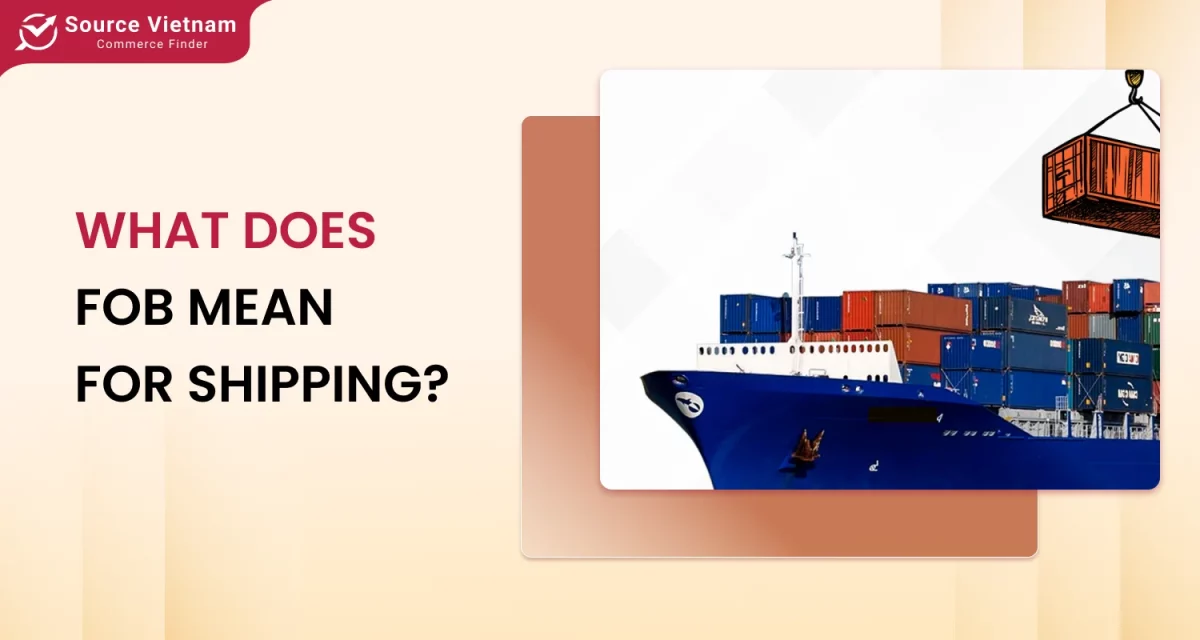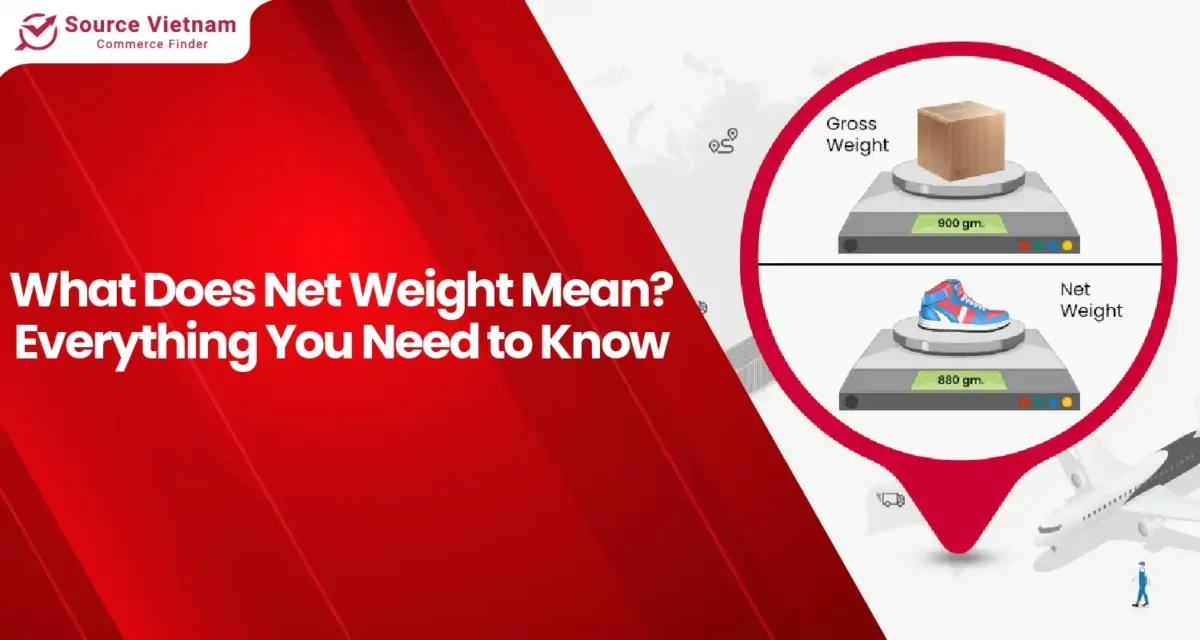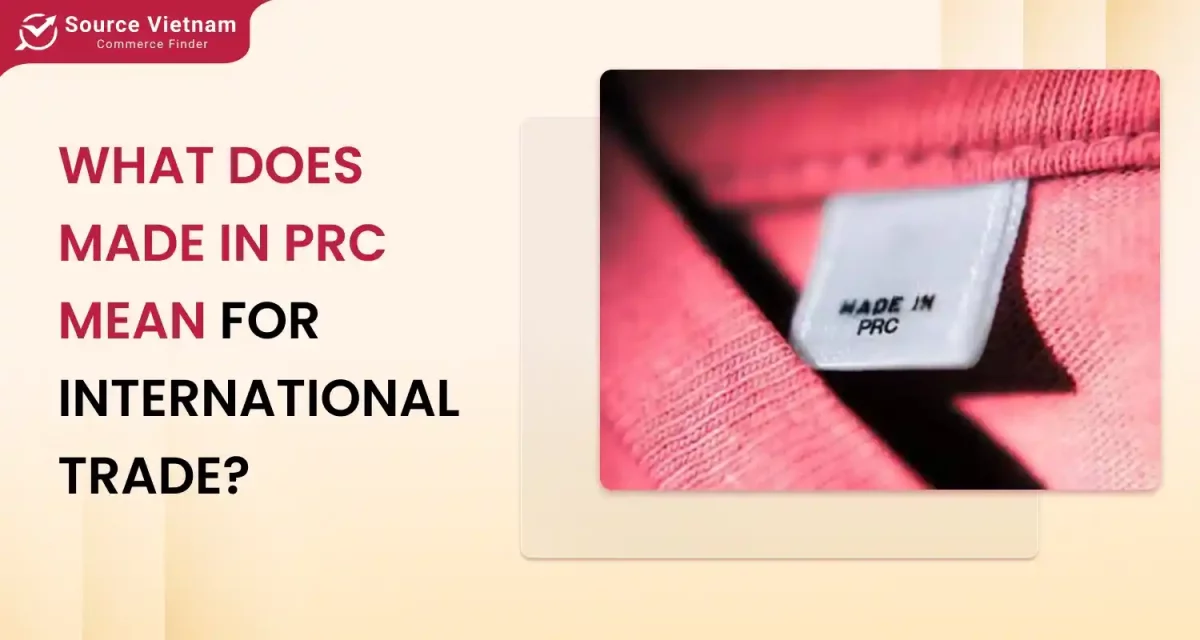Insight:
- Blind shipment is a transaction where the supplier and buyer are anonymous to each other.
- Double-blind shipment involves complete anonymity between the buyer and seller.
Blind shipment is a term used in logistics referring to a shipping method where information about both the sender and the seller is kept confidential and subject to specific conditions. Explore what is a blind shipment in logistics in this article.

What is a blind shipment?
With the rapid growth of e-commerce, a variety of novel shipping methods (drop shipping, partially shipping …) have been introduced to satisfy the diverse needs of both buyers and sellers. Blind shipment is a distinctive shipping method characterized by its confidentiality features.
What does a blind shipment mean?
This is a term used in international logistics, particularly in e-commerce. Many platforms, such as Amazon, Walmart, Alibaba, DHL, and FedEx, offer this shipping method. It is a unique shipping method where the identity of either the buyer or the seller is concealed during the shipping process. There are three possible scenarios when using this shipping method:
- The recipient (buyer) will have their information concealed and will not be disclosed to the carrier but instead to a third-party intermediary. The seller will not have any information about their customer.
- The sender’s (seller’s) information will be concealed, and the buyer will not know where their goods are being shipped from or by whom.
- In some cases, distributors use a “double blind shipment” method, meaning both the sender and the buyer transact directly with each other without knowing about each other.
Why does such a peculiar shipping method exist?
There are several reasons why people use this method. For instance, suppose company A has a contract to supply products to company B, but company A does not manufacture those products. In this case, A will seek products from a third party and act as an intermediary to supply products to company B.
At this point, the blind shipment method will help A deliver goods to company B without revealing information about the source of the goods or the supplier.
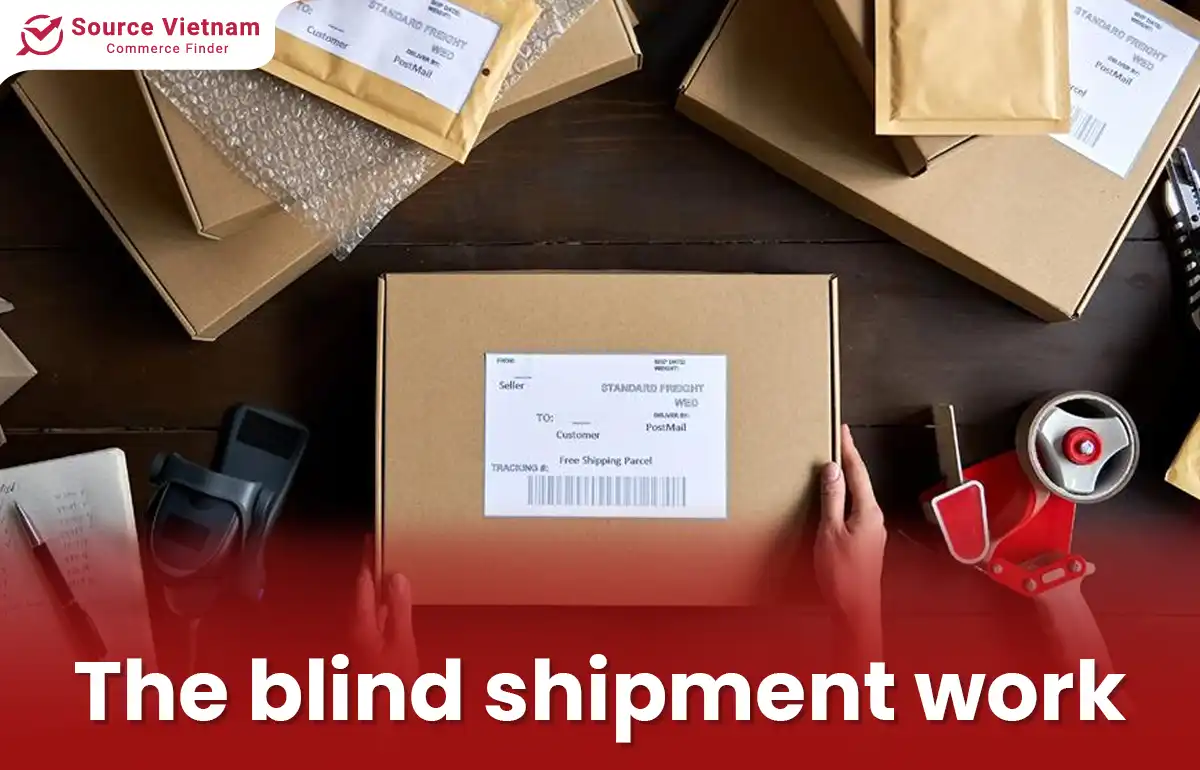
In essence, in logistics, blind shipment hides shipping information such as the shipper’s information, delivery location, and pickup location. This shipping method allows company A to avoid the time-consuming process of importing goods into its warehouse and can directly deliver from company C to B.
A simple need to place a blind shipping order and can send the goods directly without B knowing who the shipper is.
To execute a blind shipment, the carrier will create a separate bill of lading (BOL) from the original purchase order. The blind BOL conceals the name and address of the shipper or consignee. This allows the carrier to issue the BOL without disclosing the shipment’s origin.
Blind Shipment vs Drop Shipment: What’s the Difference?
In general, blind shipment is a shipping method that conceals the information of either the sender or receiver. The primary purpose is to protect commercial information and ensure brand confidentiality.
In the process, the supplier delivers the goods to the carrier and requests that the information be hidden. The carrier will only provide the recipient with information about the order and tracking number; the recipient will receive the goods with this hidden information.
As for drop shipping, this is a business model where the seller does not directly store the product but transfers the order directly from the customer to the supplier, and the supplier will directly pack and ship the goods.
The process involves customers placing orders on the seller’s website, the seller transferring the order to the supplier, and the supplier handling the rest. The seller will still communicate with the customer about the order.
Thus, blind shipment completely conceals the information of both the buyer and the seller, and the supplier will deliver the goods according to the seller’s request.
On the other hand, drop shipping simply means that the seller does not directly own the product, and the supplier is packing and shipping the goods directly to the customer.
How does blind shipment work?
To arrange a blind or double-blind shipment, the shipper must collaborate with their freight forwarding to void the original Bill of Lading once the shipment has cleared customs. This means the supplier’s information will not appear on the shipment.
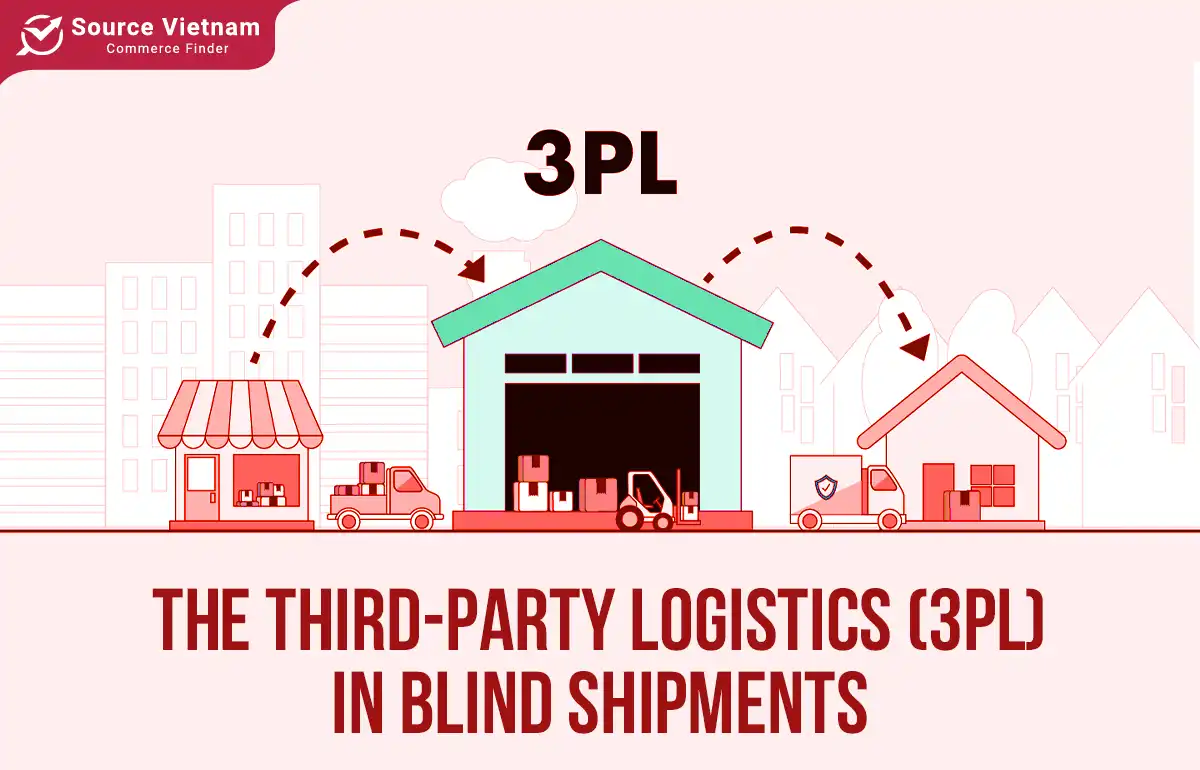
In a double-blind shipment, the freight forwarder must also provide an incorrect destination address to the supplier; only the freight forwarder (and the shipper) knows where the shipment originates from and terminates. To fully understand how to execute a blind shipment smoothly, you must grasp its process and operational information.
The blind shipment process explained
The blind shipment process in the supply chain works as follows:
- Order placement: The customer places an order with a retailer or distributor.
- Supplier involvement: The retailer or distributor contacts the supplier to fulfill the order.
- Goods preparation: The supplier prepares the goods and creates a shipping label.
- Information concealment: The supplier replaces the information on the shipping labels with that of the retailer or distributor. This process is often referred to as “white labeling.”
- Shipment: The goods are sent to the carrier with the modified shipping label.
- Delivery: The carrier delivers the goods to the customer without indicating the actual sender.
For a typical blind shipment, creating two bills of lading is recommended. The shipper will use the first bill of lading when receiving the goods. The carrier will use the second bill of lading at the time of delivery. If the shipper is the blind party, your first bill of lading will be designated as a “dummy” or “blind” BOL. And the second bill of lading will be considered the “real” BOL.
On the other hand, if the recipient is the blind party, then the first bill of lading will be considered the “real” BOL, and the second bill of lading will be considered the “dummy” or “blind” BOL.
Once the shipment has been received and is in transit, the carrier will switch the BOLs to ensure that the shipment is delivered to the correct destination. Most carriers require notification for a blind shipment to ensure the BOL is switched. Other carriers may require documentation to verify the process.
Role of third-party logistics (3PL) in blind shipments
Third-party logistics (3PL) providers are crucial in executing blind shipments. With their expertise, systems, and extensive networks, 3PL providers can ensure the delivery process is smooth, secure, and meets all customer requirements. Some specific roles of third-party carriers in blind shipments include:
- Ensuring information security: Providers need experience in managing information and ensuring that information is not disclosed. Additionally, secure warehouse and transportation management systems are essential to minimize the risk of loss and information leakage.

- Supply chain management: 3PL providers need to optimize routes to ensure that products reach the end user quickly, ensuring customers can track their orders on their system.
- Compliance with regulations: If the blind shipment involves import/export activities, 3PL providers must fully comply with customs and cargo insurance regulations.
- Providing value-added services: In addition, the carrier needs to have a process to ensure the management of returns if any arise and to provide packaging and labeling services according to customer requirements.
Suppliers can save costs and improve delivery efficiency by using third-party logistics services. Additionally, this process will help them focus on core activities and ensure information security.
The benefits of blind shipment
Blind shipping is a common supply chain management technique that helps protect your business (and potential profits or recurring revenue) by keeping your supplier a secret. This encourages your customers to reorder from you rather than directly from the source, allowing you to maintain your intermediary role rather than losing customers to the supplier. Blind shipping also reduces the likelihood of competitors discovering your supplier.
Ensuring supply chain management
Blind shipping enables businesses to maintain a stable supply chain and reduces customers’ risk of purchasing directly from the supplier. This approach helps protect your business from losing customers by continuing to deliver as an intermediary.
This shipping method can also help secure your supply chain when drop shipping. However, it’s important to note that drop shipping can lead to a lack of control over product quality and shipping times.
Maintaining a competitive advantage
Blind shipping keeps your supplier information confidential from competitors. If you have a good relationship with your supplier and they provide you with the best prices and products, your competitors may try to find and cooperate with your supplier, which could pose some risks to your business.
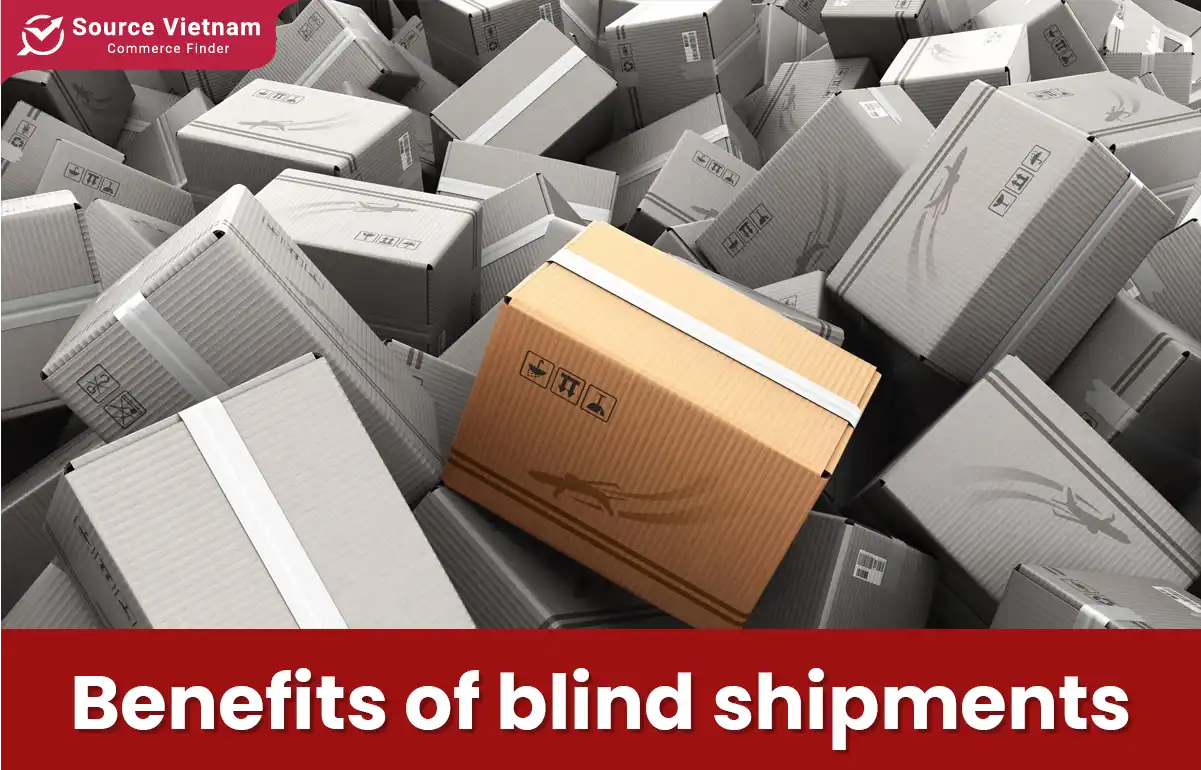
Hands-off management
Blind drop shipping provides a hands-off approach to managing your e-commerce business while keeping it secure. Without the need for inventory management, your supplier handles order fulfillment discreetly.
Although this is a cost-effective logistics solution, many e-commerce businesses opt to store inventory with a 3PL for greater control, faster shipping times, and reduced complexities.
Common challenges with blind shipments
Although this shipping method provides some advantages, it has drawbacks. Customer trust can be a major issue, as the concealed sender’s identity may lead to doubts about the product.
Furthermore, it poses logistical challenges due to complex paperwork and inventory management difficulties. The core challenges of this shipping method lie in operational aspects like returns, exchanges, and documentation. Lastly, there’s a risk of information being leaked by the carrier.
Conclusion
The preceding information has elucidated the concept of blind shipments and their advantages. This shipping method offers convenience and support to both importers and exporters. Grasping various shipping methods can streamline your business’s import process. Contact SourceVietnam.com for convenient and competitively priced wholesale imports for your business needs.
FAQs
What is the purpose of a blind shipment?
In addition to shielding the identities of buyers and sellers, it has numerous other applications, including safeguarding business relationships, preserving a competitive edge, simplifying operations, and enhancing supply chain privacy.
How is a blind shipment different from a drop shipment?
These two shipping methods differ in concept and operation. In short, drop shipping is a shipping method where products are sent directly from the supplier to the customer, bypassing the retailer’s physical warehouse. Blind shipping logistics is a specific type of drop shipping where the identity of the supplier is hidden from the customer.
What are the common risks associated with blind shipments?
Some potential risks associated with blind shipping include loss of customer trust, logistical challenges, inventory management difficulties, supplier reliability issues, compliance with laws and regulations, increased costs, and damage to brand reputation.
Can blind shipments be tracked by the end customer?
The answer is yes. Customers can often track blind shipments. While the supplier’s identity is concealed, customers are typically given a tracking number. This enables them to monitor the shipment’s progress through the shipping carrier’s system.


